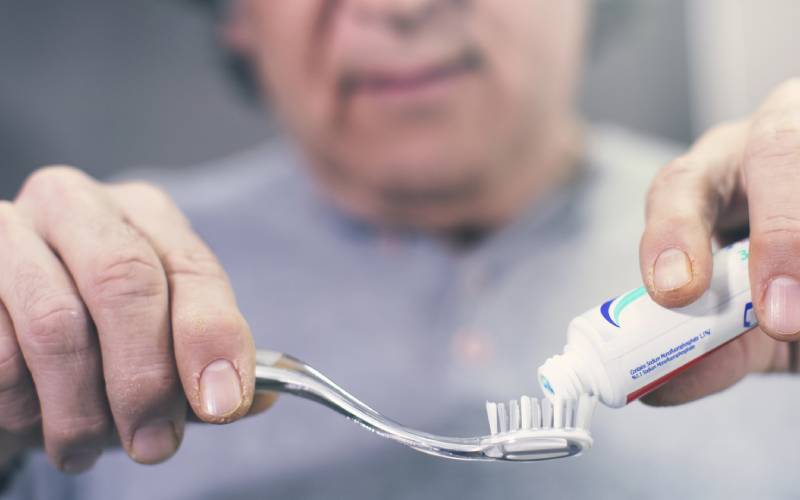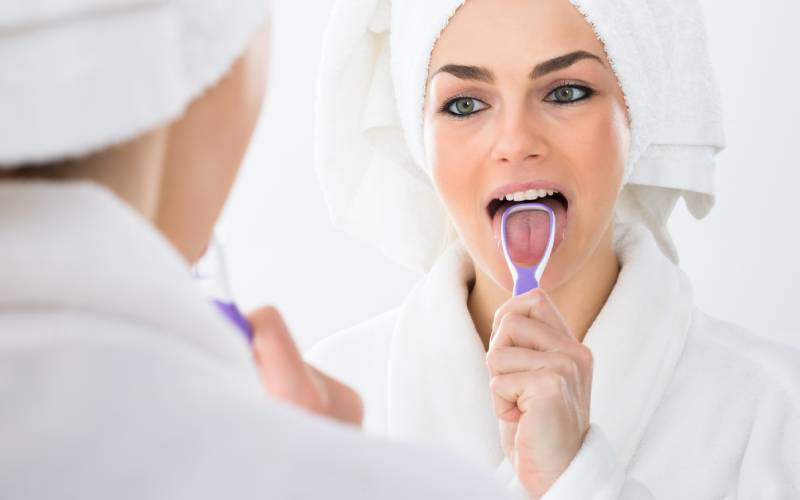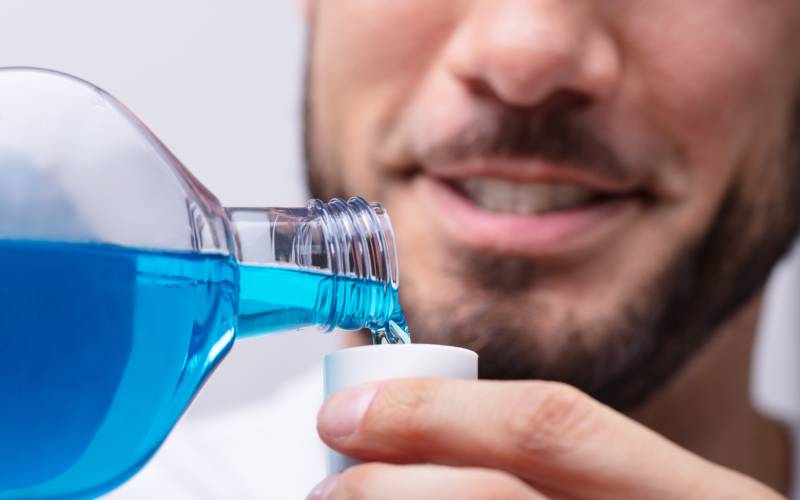Unlock the secrets to a healthy smile with advanced dental hygiene techniques that go beyond your daily brushing and flossing routine. Embracing these methods can transform your oral health, offering a safeguard against cavities and gum disease.
Table of Contents
ToggleThe Importance of Dental Hygiene
Preventing Dental Diseases
When you adhere to advanced dental hygiene practices, you’re taking action against a variety of oral health issues that can have far-reaching implications. Regular brushing, flossing, and professional cleanings are non-negotiables in the fight against dental diseases. Here’s what dedicated oral care does for you:
- Removes plaque and tartar: Plaque, a sticky film of bacteria, continuously forms on your teeth. If not removed, it hardens into tartar, which can lead to cavities and periodontal disease.
- Lowers the risk of gum disease: Gum disease, or periodontitis, is an infection of the tissues holding your teeth in place. Routine dental hygiene interrupts the progression of this disease.
- Prevents tooth decay: Small cavities can escalate into severe tooth decay if neglected, potentially resulting in tooth loss or the need for root canal treatment.
By embracing advanced dental techniques such as using electric toothbrushes with pressure sensors or water flossers, you’re enhancing these preventive measures, significantly reducing the chances of developing serious oral health problems.
Maintaining Overall Health
Good dental hygiene isn’t just about keeping a healthy mouth; it’s intimately tied to your overall health. Scientific studies have established strong links between oral health and general body health, reinforcing the importance of oral care. Consider these compelling reasons:
- Cardiovascular Disease Prevention: Poor oral health can contribute to the incidence of heart diseases. Bacteria from the mouth can enter the bloodstream, causing atherosclerosis, which increases the risk of heart attacks.
- Diabetes Management: Individuals with diabetes benefit immensely from strict dental hygiene, as it can help control blood sugar levels.
- Pregnancy and Birth Outcomes: Expectant mothers should take dental hygiene seriously as oral infections have been linked to premature birth and low birth weight.
By prioritizing advanced dental hygiene techniques, you’re potentially enhancing not just your oral health but also contributing positively to your overall physical condition. This holistic approach to health is invaluable, as it enables you to lead a full, active life with the confidence that comes from knowing you’ve taken care of your body from the teeth down.

Basic Dental Hygiene Techniques
Ensuring your teeth and gums are well cared for is critical for maintaining a healthy mouth and a radiant smile. Here, you’ll discover essential techniques to keep your dental health in top condition year-round.
Brushing Your Teeth Properly
Brushing your teeth is a fundamental aspect of dental hygiene. Proper brushing involves a soft-bristled brush to minimize gum abrasion and enamel damage. Effective brushing requires at least two minutes of your time, twice a day. The technique you employ is pivotal:
- Position your brush at a 45-degree angle to your gums.
- Use gentle, circular motions to clean your teeth.
- Cover all surfaces: outer, inner, and chewing sides.
- Remember to brush your tongue to remove bacteria and freshen breath.
Brushing with fluoride toothpaste not only cleans but also protects your teeth by fortifying enamel and combating tooth decay.
Flossing Regularly
Flossing should be a non-negotiable part of your daily routine. It removes plaque and food particles from areas your toothbrush can’t reach:
- Use about 18 inches of floss, winding most around one of your middle fingers.
- Guide the floss between your teeth using a rubbing motion.
- Curve the floss into a ‘C’ shape at the base of each tooth to tackle the gum line.
- Work with a clean section of floss for each tooth to prevent redistributing debris.
Using Mouthwash
Incorporating mouthwash into your oral care regimen can provide an additional layer of cleanliness. Antibacterial mouthwashes help:
- Reduce bacteria levels in the mouth.
- Combat bad breath.
- Offer protection against gum disease.
- Assist in controlling plaque and tartar.
Swishing mouthwash for 30 seconds to a minute after brushing and flossing completes your daily dental hygiene practice and ensures hard-to-reach areas are not neglected.

Advanced Dental Hygiene Techniques
Tongue Cleaning
A vital, yet often overlooked aspect of oral hygiene is tongue cleaning. A clean tongue is crucial for fresh breath and can contribute to a reduction in overall mouth bacteria. When you clean your tongue, you reduce the presence of volatile sulfur compounds that are significant contributors to bad breath. Regular tongue cleaning can also enhance your taste buds’ sensitivity and prevent the build-up of a biofilm that harbours bacteria linked to gum disease and tooth decay.
Using a tongue scraper after brushing, you can effectively dislodge bacteria and food debris from the tongue’s surface. Start from the back and gently scrape forward. Rinse the scraper after each swipe to ensure maximum cleanliness.
Interdental Cleaning
Interdental cleaning plays a pivotal role in preventing cavities and gum diseases like gingivitis and periodontitis. Through interdental brushes and flossing, you can remove food particles and plaque that standard tooth brushing can’t reach. Consistent use of these tools significantly lowers the risk of developing interdental caries.
For effective interdental cleaning, gently insert an interdental brush between the teeth, moving it back and forth to dislodge trapped food particles. For tight spaces, flossing remains the go-to choice. Guide the floss carefully between the teeth down to the gum line, and move it up and down against the tooth surface to clean the area thoroughly.
Gum Massage
Gum massage is instrumental in increasing blood circulation and promoting gum health, yielding firmer and healthier gums. Massaging your gums might also support the reduction of plaque build-up. You can perform a gum massage with your toothbrush by gently moving it in small circles along the gum line or by using your clean fingertips.
Regular gum massage keeps the supporting tissue robust, which is essential in safeguarding against the onset of gum recession. Firmer gums are less susceptible to disease and provide a stronger foundation for your teeth.
Tonsil Stones Removal
Tonsil stones, or tonsilloliths, are calcified deposits that form in the crevices of the tonsils when food, dead cells, and bacteria accumulate. While not typically harmful, they can cause bad breath and discomfort. Removal of these stones can be accomplished using gentle pressure with a cotton swab or by gargling with saltwater to loosen them.
Regular dental hygiene practices, including thorough brushing and use of antibacterial mouthwash, can help prevent the formation of tonsil stones. If the stones persist or cause significant symptoms, consultation with a dental professional is advised for more advanced removal techniques.
Regular Appointments and At-Home Routines Work Best Together
Dr. Sidiura and his team are dedicated to educating patients about the benefits of proper oral hygiene habits. Don’t forget the importance of regular check-ups and professional cleanings! To schedule an appointment at South Oak Dental, call or book online. We look forward to seeing your smile!


